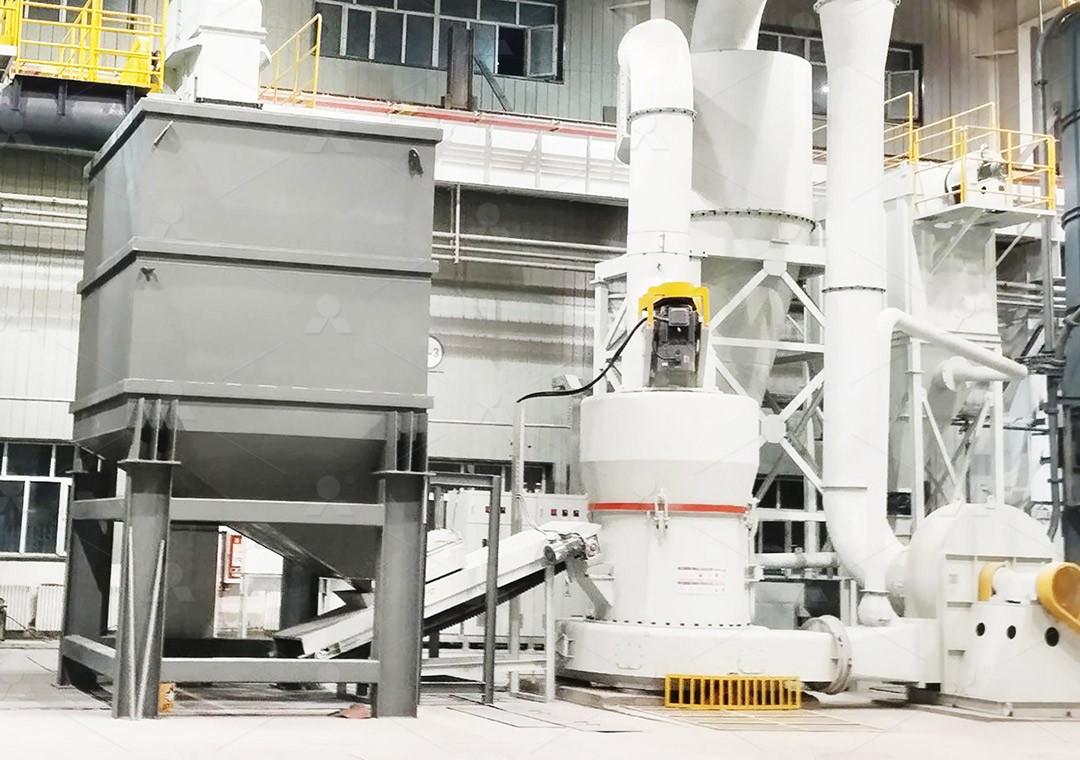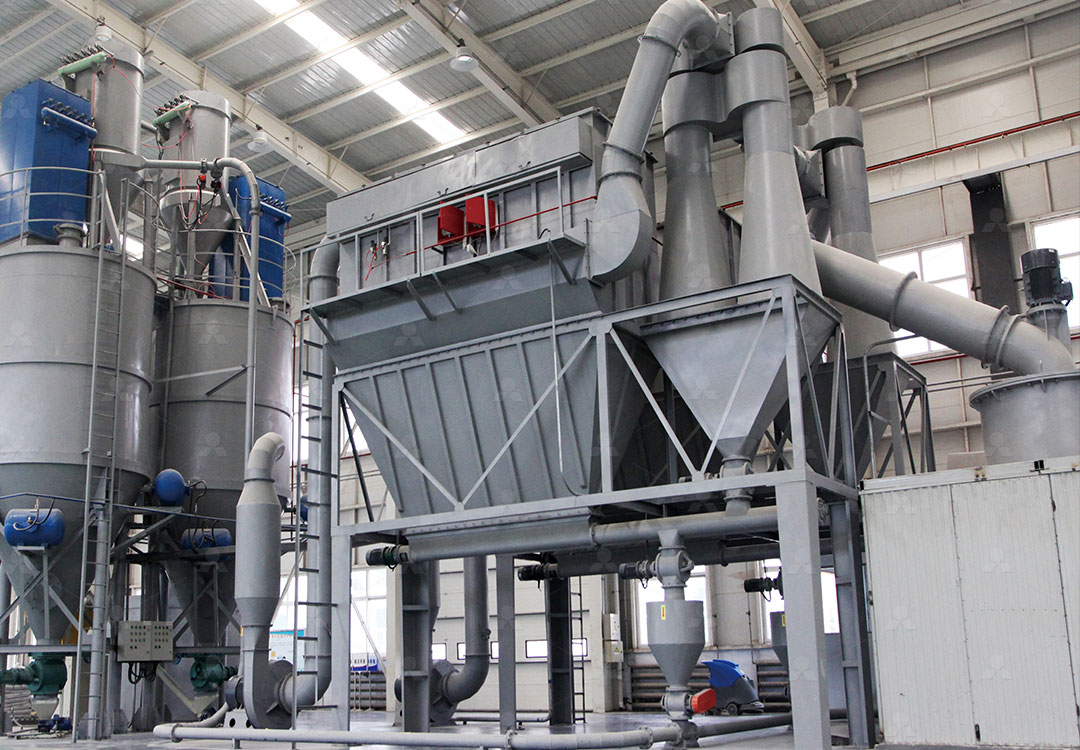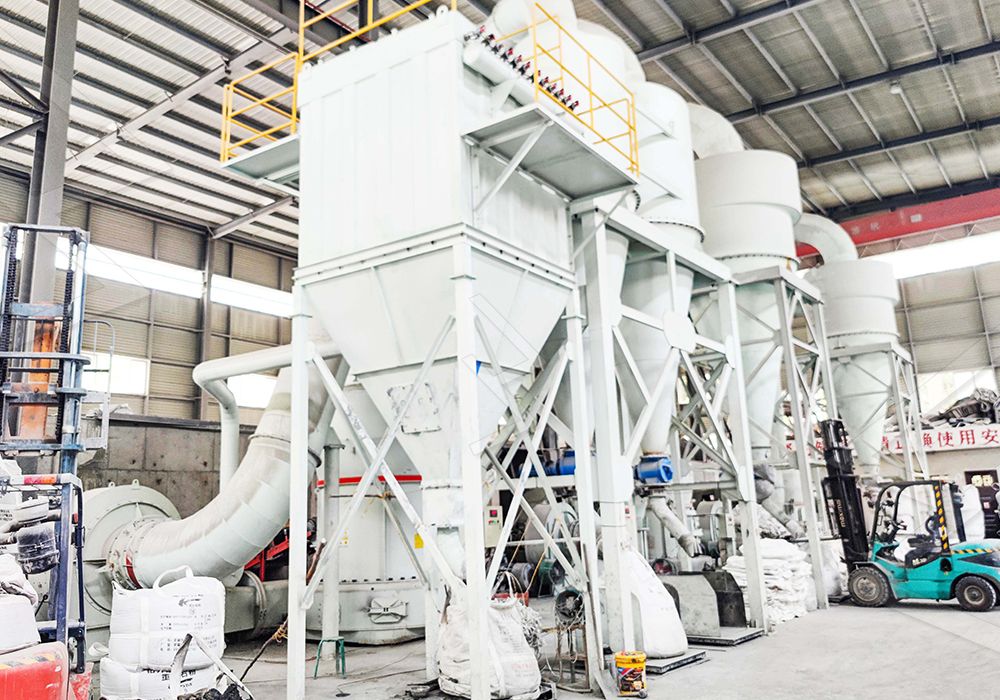Raymond Mill for 300 Mesh Limestone: 4 TPH Production Line Cost Analysis
Raymond Mill for 300 Mesh Limestone: 4 TPH Production Line Cost Analysis
Establishing an efficient limestone grinding operation requires careful consideration of equipment selection, operational parameters, and total cost of ownership. For producers targeting 300-mesh fineness at 4 tons per hour capacity, several grinding solutions exist, each with distinct advantages and cost implications.

Traditional Raymond mills have long been the workhorse of limestone processing, offering reliable performance for medium-fine applications. However, when evaluating a complete 4 TPH production line for 300-mesh limestone, modern alternatives often provide superior operational economics and environmental compliance.
Equipment Selection Considerations
The choice between Raymond mills, vertical mills, and ultra-fine grinding systems significantly impacts both capital expenditure and operating costs. Key factors include energy consumption per ton, maintenance requirements, particle size distribution control, and environmental compliance capabilities.
For operations requiring consistent 300-mesh output, we particularly recommend our MW Ultrafine Grinding Mill. This advanced system processes 0-20mm input material with capacities ranging from 0.5 to 25 TPH, making it perfectly suited for your 4 TPH requirement. The MW mill achieves fineness between 325-2500 meshes through German cage-type powder selector technology, ensuring precise control over your 300-mesh specification.
Operational Cost Breakdown
A comprehensive cost analysis reveals that energy consumption represents approximately 55-65% of total operating costs for limestone grinding operations. Maintenance, labor, and consumables account for the remaining expenses.

The MW Ultrafine Grinding Mill delivers exceptional value through its innovative design. Without rolling bearings or screws in the grinding chamber, maintenance concerns are significantly reduced. The external lubrication system enables continuous 24-hour operation without shutdowns for maintenance. Compared to traditional Raymond mills, the MW system reduces energy consumption by approximately 30-40% while increasing throughput by up to 40%.
Environmental Compliance and Efficiency
Modern grinding operations must address dust control and noise pollution. The integrated pulse dust collector and muffler system in the MW Ultrafine Grinding Mill ensures compliance with stringent environmental standards while maintaining operational efficiency.
For operations with slightly different parameters, our LUM Ultrafine Vertical Grinding Mill presents another excellent option. Handling 0-10mm input material at 5-18 TPH capacity, the LUM mill features reversible structure for easier maintenance and double position-limiting technology for enhanced operational stability.
Total Cost of Ownership Analysis
When evaluating a 4 TPH, 300-mesh limestone production line, consider these cost components:
- Capital investment: Equipment purchase, installation, and commissioning
- Energy costs: Power consumption per ton of finished product
- Maintenance: Replacement parts, labor, and downtime
- Consumables: Grinding elements and wear parts
- Environmental: Dust collection efficiency and compliance costs

The MW Ultrafine Grinding Mill’s higher initial investment is typically offset within 18-24 months through reduced energy consumption, lower maintenance requirements, and higher product quality. The system’s digitalized processing ensures machining precision for core components, extending equipment lifespan and maintaining consistent performance.
Frequently Asked Questions
What is the typical energy consumption for a 4 TPH, 300-mesh limestone grinding operation?
Energy requirements vary by equipment selection. Traditional Raymond mills consume approximately 65-75 kWh/ton, while the MW Ultrafine Grinding Mill reduces this to 45-55 kWh/ton through optimized grinding curves and efficient powder separation.
How does the MW Ultrafine Grinding Mill handle maintenance compared to traditional Raymond mills?
The MW mill eliminates rolling bearings and screws in the grinding chamber, significantly reducing failure points. External lubrication enables maintenance without production stoppages, and the robust construction minimizes wear part replacement frequency.
What environmental advantages does the MW system offer?
The integrated pulse dust collector ensures no dust pollution during operation, while the silencer and noise elimination room reduce acoustic emissions. The system operates fully compliant with national environmental protection standards.
Can the MW Ultrafine Grinding Mill adjust fineness for different product requirements?
Yes, the cage-type powder selector allows fineness adjustment between 325-2500 meshes, providing flexibility for changing market demands while maintaining the 300-mesh primary production target.
What support is available for spare parts and technical service?
We maintain sufficient spare parts inventory and provide comprehensive technical support, ensuring worry-free operation through original spare parts availability and expert product knowledge.
